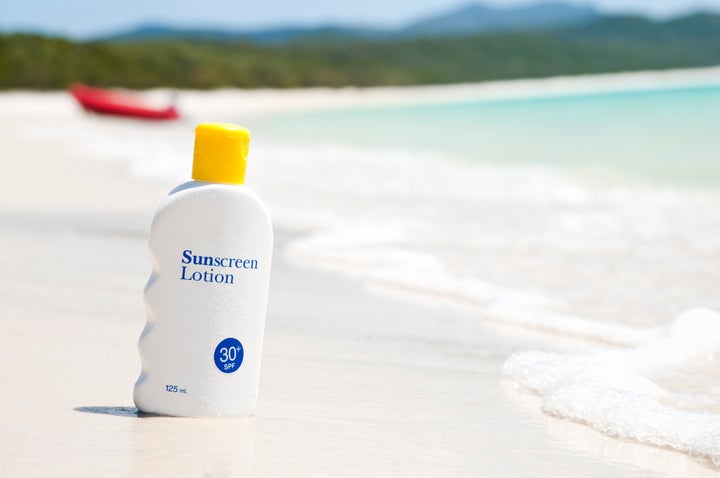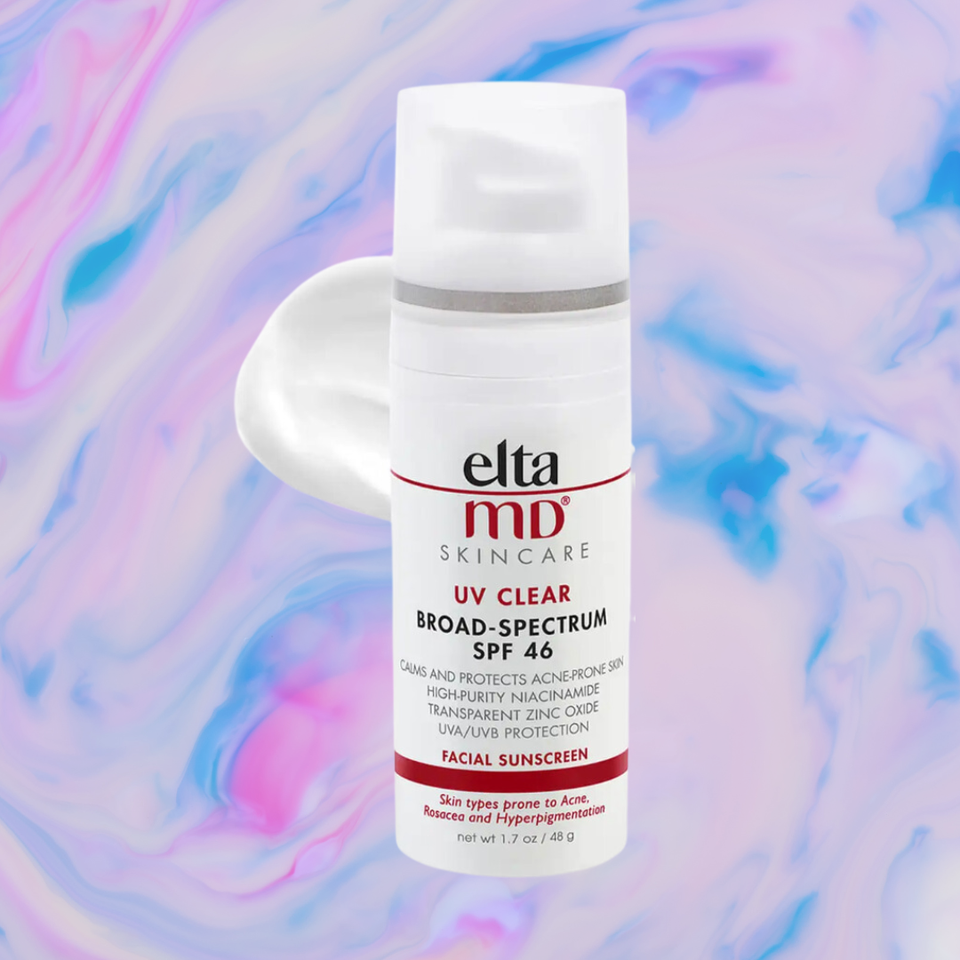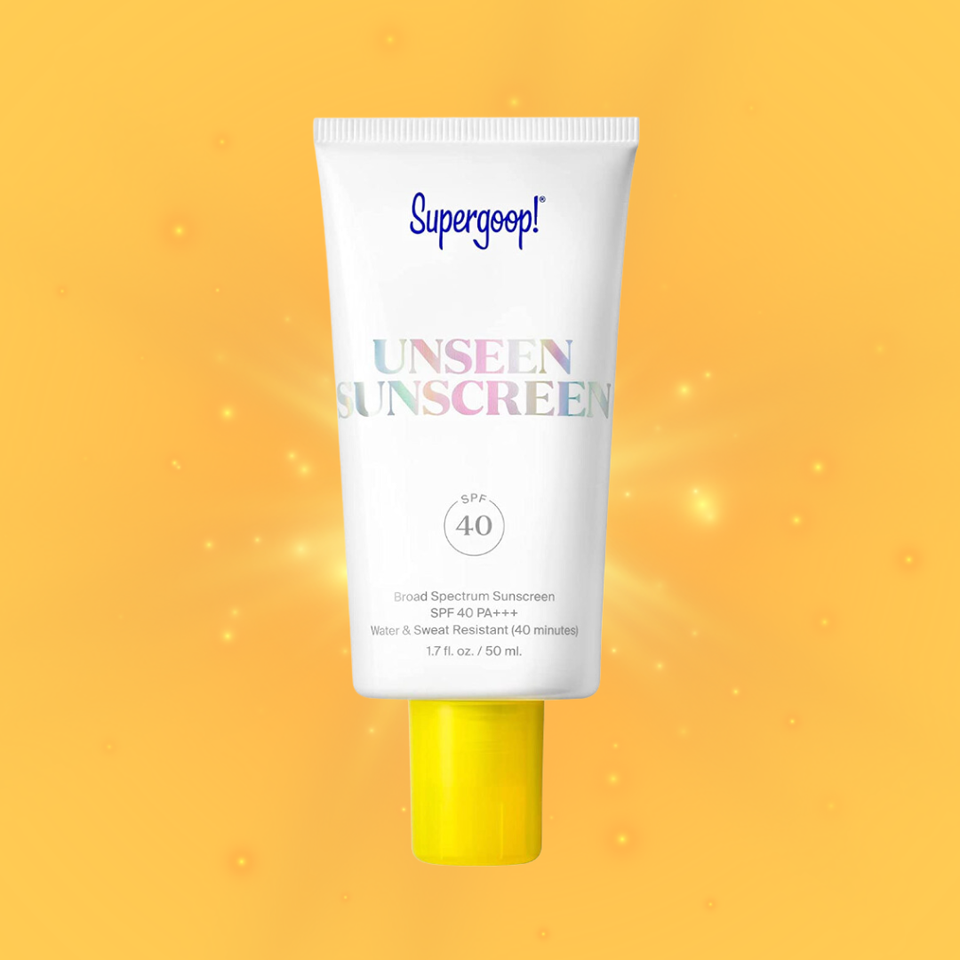
In 2020, a sunscreen called Centella Green Level Unscented Sun by the Korean skin care brand Purito graced many a #shelfie. Influencers and skin care fanatics fell in love with how this lightweight sunscreen elegantly blended into the skin while boasting an impressive rating of SPF 50.
That was, until the founder of the blog INCIDecoder sent samples of the cult-favorite sunscreen to two separate laboratories for testing. The test results showed this supposedly SPF 50 sunscreen had an SPF of only 19. The Korea Institute of Dermatological Sciences later ran its own tests, resulting in an SPF rating of 28.4, still a far cry from the advertised SPF 50.
Purito pulled its sunscreens from the market and later rereleased a new sunscreen formulation. However, the controversy caused consumers to question whether they could trust the stated SPF (or sun protection factor) values of sunscreens.
In fact, there have been many instances around the world where consumer advocacy groups found certain sunscreens to have a lower SPF than stated by the sunscreen’s company.
In the latest Consumer Reports yearly test on sunscreens, only three of the 71 tested sunscreens were shown to have their labeled SPF. Although all the tested sunscreens were advertised to be an SPF 30 or above, only 21% of the tested sunscreens were above SPF 30, which is the level recommended by dermatologists. And 40% of the tested sunscreens were below SPF 15.
Why would a sunscreen’s SPF be lower than advertised?
The Food and Drug Administration regulates sunscreen as an over-the-counter drug in the U.S., so how can consumer advocacy groups such as Consumer Reports find such large variations between their own tests and the SPF stated by the products’ companies?
Many factors come into play, including the difficulty of formulating and testing sunscreens, as well as the differences in testing methods used by manufacturers and consumer advocacy groups.
Sunscreen formulation is a complicated process.
While consumer demand drives companies to create sunscreens with as high of an SPF as possible, formulating these high-SPF sunscreens is no easy task. It’s not as simple as adding more and more UV filters to increase the SPF of a product from 30 to 50.
“Sunscreen ingredients are treated as a special category by most regions around the world, so there are additional safety requirements,” said Michelle Wong, an Australia-based cosmetic chemist and creator of the Lab Muffin Beauty Science channel on YouTube. “The allowed percentages for these ingredients are based on toxicological assessments of any expected health risks, and a large safety buffer is included to protect consumers.”
There are challenges in testing for SPF.
Areas of skin where an SPF 30 sunscreen has been applied can withstand getting sunburned for 30 times longer than skin where sunscreen was not applied. Because SPF is a measurement of how much longer skin can be exposed to the sun without getting burned, the most effective way to measure SPF is by using (paid) human volunteers with in vivo testing.
“To determine a product’s SPF, typically 10 to 25 subjects are used, as the test requires 10-20 valid results, with a maximum of five invalid results,” Wong explained. “Essentially, testing labs keep testing until the results are consistent enough to determine an SPF. If the results are too inconsistent, they stop.”
Sometimes, testing bias can affect SPF test results. As Wong explained in her 2020 blog post that explored possible reasons for the SPF variations of the Purito controversy, when Procter & Gamble sent five separate testing labs sunscreen samples labeled with SPF values varying from 20 to 100, the testing results they received back from these labs varied from SPF 37 to 75.
“When the labs were told an SPF value, they were more likely to get that expected result and so it looks like there’s some element of bias happening,” Wong wrote in the blog.
While blind testing might seem like the obvious answer to eliminate testing bias for SPF ratings, testing labs need to have an idea of a sunscreen’s SPF level in order to test it.
“The expected SPF rating is required for the testing labs to work out what doses of UV to use in their tests,” Wong said. “In the test, different doses of UV around the expected SPF are delivered to different spots on the testing subjects’ bodies. Then, the spots are examined the next day to check for reddening. If all or none of the spots are red, you can’t tell how much protection there is.”
While rare, there have been instances where testing laboratories have been found guilty of fabricating results. Shortly after the Purito controversy broke, Gabriel Letizia, owner of the New York-based consumer product testing laboratory AMA Laboratories Inc., pleaded guilty to defrauding customers from 1987 to 2017 by fabricating testing results for many consumer products, including sunscreen.
Testing methods vary.
When companies test for their products’ SPF ratings, they typically send samples directly to the testing facilities. However, many consumer advocacy groups’ tests try to match consumers’ experiences when buying sunscreens. This means they test sunscreen samples that are purchased straight off the shelves, as outlined in Consumer Reports’ latest test on sunscreens. As certain chemical sunscreen filters can degrade due to heat or poor transportation and storage, this may account for some of the variations between companies’ and consumer advocacy groups’ testing results.
For Consumer Reports’ Best Sunscreens of 2023 guide, sunscreen was applied to patches on panelists’ backs and were only tested after the panelists soaked in a tub of water for 40 to 80 minutes (depending on each sunscreen’s claim for water resistance). So while swimmers, outdoor athletes or anyone prone to getting a tad sweaty may want to consider these testing results, those who use these tested products for general, daily use don’t necessarily need to run out to the store to change out their sunscreen.
Another factor that can affect the difference in ratings, as Wong noted in her blog post, is that consumer advocacy groups may use fewer volunteers than what companies are required to use when they test their own SPF ratings.
How to ensure you’re getting a high-enough SPF.
While using a sunscreen with a lower SPF consistently and properly provides more benefits than using a high SPF inconsistently or improperly, Dr. Rachel Ho (a Singapore-based aesthetic physician) and Wong both recommend that users who are looking for a new sunscreen that delivers on its high-SPF promises should take a holistic approach by considering the information provided from both the consumer advocacy groups and skin care companies.
“If in doubt of a sunscreen’s claims, I recommend choosing sunscreens from companies that have shared the results of their lab findings to support their claims,” Ho said.
Wong also recommends that consumers who are looking for an accurate SPF check that the sunscreen has been tested by an International Consumer Research and Testing (ICRT) entity and to buy “a sunscreen from a country that regulates sunscreens as drugs or functional cosmetics (and regulates them pretty well).”
To many K-beauty fans’ delight, the South Korean Ministry of Food and Drug Safety, which performs post-market product checks, recently tested 146 SPF products and found that all but two met their SPF claims.
Ho and Wong also recommended that consumers purchase products from authorized, reputable retailers to ensure UV filters have not degraded during transportation and storage.
“Most established companies should have storage, distribution, and supply chain operations that would protect the quality of their products,” Ho said.
What are the ramifications of using a sunscreen with a lower SPF than you thought?
While it may be disappointing to find out your favorite SPF 50 sunscreen could possibly have an SPF of only about 15, it doesn’t necessarily mean your holy grail product is destined for the trash.
While many dermatologists recommend using sunscreens with an SPF of 30 or higher, using a sunscreen of at least SPF 15 is still effective against skin cancer and early aging according to the FDA’s recommendation. As the SPF in a sunscreen rises, the percentage of UVB rays blocked rises only incrementally. A sunscreen with an SPF of 30 might be twice as high as one with an SPF of 15, but SPF 30 sunscreens only block 96.7% of UVB rays as opposed to the 93.3% that SPF 15 blocks. So why do so many dermatologists recommend their patients use sunscreen with an SPF of 30 or higher?
“Studies show that most individuals don’t apply enough of the recommended sunscreen amount to render the SPF noted on the label, which is about half of a teaspoon for face and neck and a full 1-ounce shot glass for the entire body,” said Dr. Angela Casey, an Ohio-based board-certified dermatologist. “Therefore, I always tell patients to ‘aim high’ with their SPF. When they use an SPF 40 or above, they are usually applying enough to achieve at least an SPF 25, which is pretty good.”

